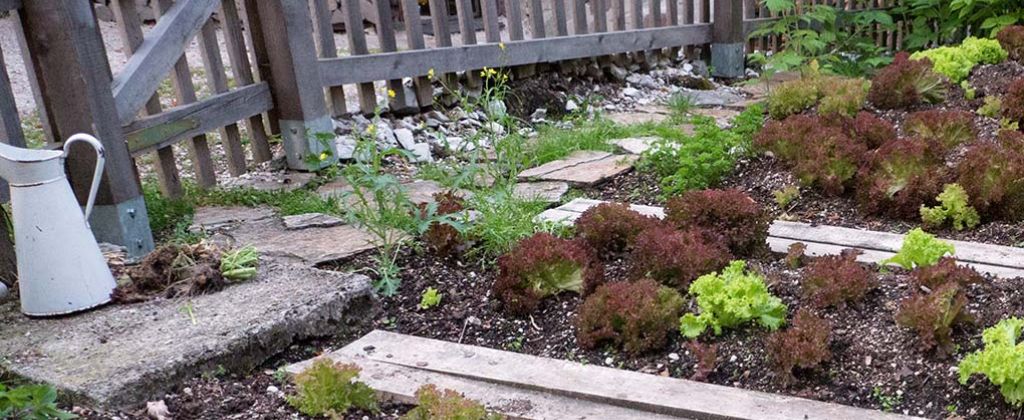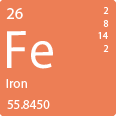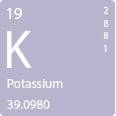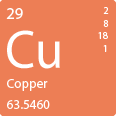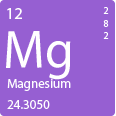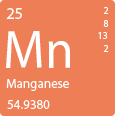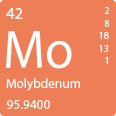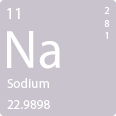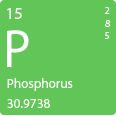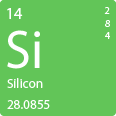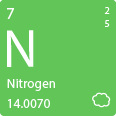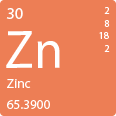Fertilizing your plants with Yeast and Beer
Yeast contains a range of substances that are beneficial to healthy plant growth. If you have stale beer around, dilute with water and water your plants with it. I love this method, makes you not feel guilty about wasting beer. So remember, save some beer for your plants, they will love you for that!
Fertilizing your plants with beer takes care of the following:
- Iron
- Potassium
- Calcium
- Sodium
- Phosphor
How to use stinging nettle as a fertilizer for your plants
Nettle is one of the best in my opinion as a balanced fertilizer but it does come with a price. That price has nothing to do with your wallet but rather with the smell. Leave nettle leaves either dry or fresh cut in a bucket of water for at least 24 hours to 3 days. If you use this method, nettle will smell like manure and this might not be very pleasant for your neighbors especially if you are making a balcony garden. Your other option is to take dried nettle and grind it quite small then add it to the tops of your soil. This option will not be as beneficial as making homemade nettle manure.
Using nettle as a fertilizer you can expect your plants to receive the following:
- Calcium
- Magnesium
- Silicon
- Nitrogen
Please note: Stinging nettle has antibacterial properties
Wood Ash as fertilizer for your plants
Ashes of wood that are untreated can also be used to fertilize your plants. You can harvest ashes from your fireplace during the wintertime and save for use throughout the year. My mum-in-law does this as she heats the house in the winter with her masonry oven. We either add ashes to the compost or give them to the plants.
Wood ash includes:
- Phosphor
- Potassium
- Calcium
- Magnesium
Using Urin as a fertilizer
Should there be a catastrophic event, urin can be used as a fertilizer for your plants. Urin should be from healthy persons who take no medications or birth control pills.
Urin will provide your plants with:
- Potassium
- Phosphor
- Nitrogen
How to use banana peels as a fertilizer
You can use banana peels to fertilize your plants but make sure to use only organic banana peels. If using banana peels for your potted plants. Cut up organic banana peels small and lay in the sun to dry then add them to your soil. If using banana peels for your plants that are in high beds or in the ground, cut banana peels up and add to the soil. Make sure banana peels are not surfacing as it will attract unwanted pests and easily grow fungus which can be harmful to your plants.
This is a very helpful method that I like. I've used banana peels to save squashes when their leaves started to show a potassium deficiency.
Adding banana peels to your plants provides them with:
- Potassium
- Nitrogen
Sheep Wool as fertilizer
I have heard that sheep wool is used in some cases for fertilizing plants. In no way do I agree with any harm doing to animals. There has been times where farmers shave their sheeps, this has been happening for hundreds or years. The sheep wool has been used for clothing, making warm shoes, and stuffing pillows. If you have access to sheep wool, you can mix this with your soil and it will aid with the health of your plants. Human hair has also been used as a fertilizer but with so many additives in haircare these days unless you are using our shampoo and conditioner, then I do not recommend using human hair as a fertilizer.
Adding sheep wool to your soil provides the following:
- Potassium
- Magnesium
- Phosphor
- Nitrogen
Using egg shells to fertilize your plants
Using Eggs shells are another great way to help fertilize your plants. Egg shells have calcite in them and calcite is essential for allowing the absorption of calcium as well as other nutrients that are available in the soil. Throwing your crumbled up egg shells to your plants is actually useless. You must grind down the egg shells to a fine powder and then mix this into the soil. This must be done because egg shells decompose very slowly. By doing this, the calcium will be available to your plant overtime.
Tip! Save your boiled egg water for the plants, this water is rich in minerals.
If you have hard water, it is likely you have a good amount of calcite in your tap water and your plants will be very happy to receive these amounts.
Aside from egg shells and their abundance in Calcium, powdered egg shells will provide your plants with minimal amounts of:
- Iron
- Potassium
- Magnesium
- Phosphor
Add potato water to your plants
If you just boiled a pot of potatoes and granted that you did not use any salt, you may give this water to your plants. Potatoes are mainly composed of Phosphor, Potassium, Zinc, and Magnesium. With potato water you will mainly give your plants minerals but there could be small traces of again Phosphor, Potassium, Zinc, and Magnesium.
Fertilize your plant with small amounts of diluted Milk
When your milk is just at the end, dilute these small traces of milk with water. You may fill your entire quart or liter milk jug up with cold water. That's it, water your plants. To keep fungus from affecting your tomato plants, try watering it with diluted cold milk. If you drink organic milk, based on research there are smaller amounts of zinc and copper in organic milk vs conventional milk.
Milk contains:
- Potassium
- Calcium
- Copper
- Magnesium
- Phosphor
- Zinc
Feed your plants green tea
Instead of throwing out your green tea leaves after you have brewed tea, simply give it to your plants.
Green tea offers to your plants:
- Iron
Tips for growing tomatoes
At the beginning of growing tomatoes, they need a healthy amount of compost and nutrient rich environment with a lightly acidic soil. For example as low as 5.5 but no higher than pH 7. To achieve an acidic environment for your tomato plants, try adding coffee grounds both fresh or used to your soil. Tomatoes require heavy feeding, so make sure they are getting all the right nutrients in order to grow, flower, and bear fruit. Throughout the growth cycle, you can maintain health of the tomato plants by adding stinging nettle, yeast, coffee grounds, and diluted milk. If you are going for a delicious well rounded tasting tomato, make sure your tomatoes are getting enough potassium. A potassium deficiency in tomatoes are current when tomato leaf edges are pale and fruits are maturing at different rates. When this happens, add coffee grounds immediately or diluted milk.
I hope you have enjoyed this article as I am happy to share with you all my knowledge and experience about plants and what nutrients they require. Thank you so much for reading and happy growing!











